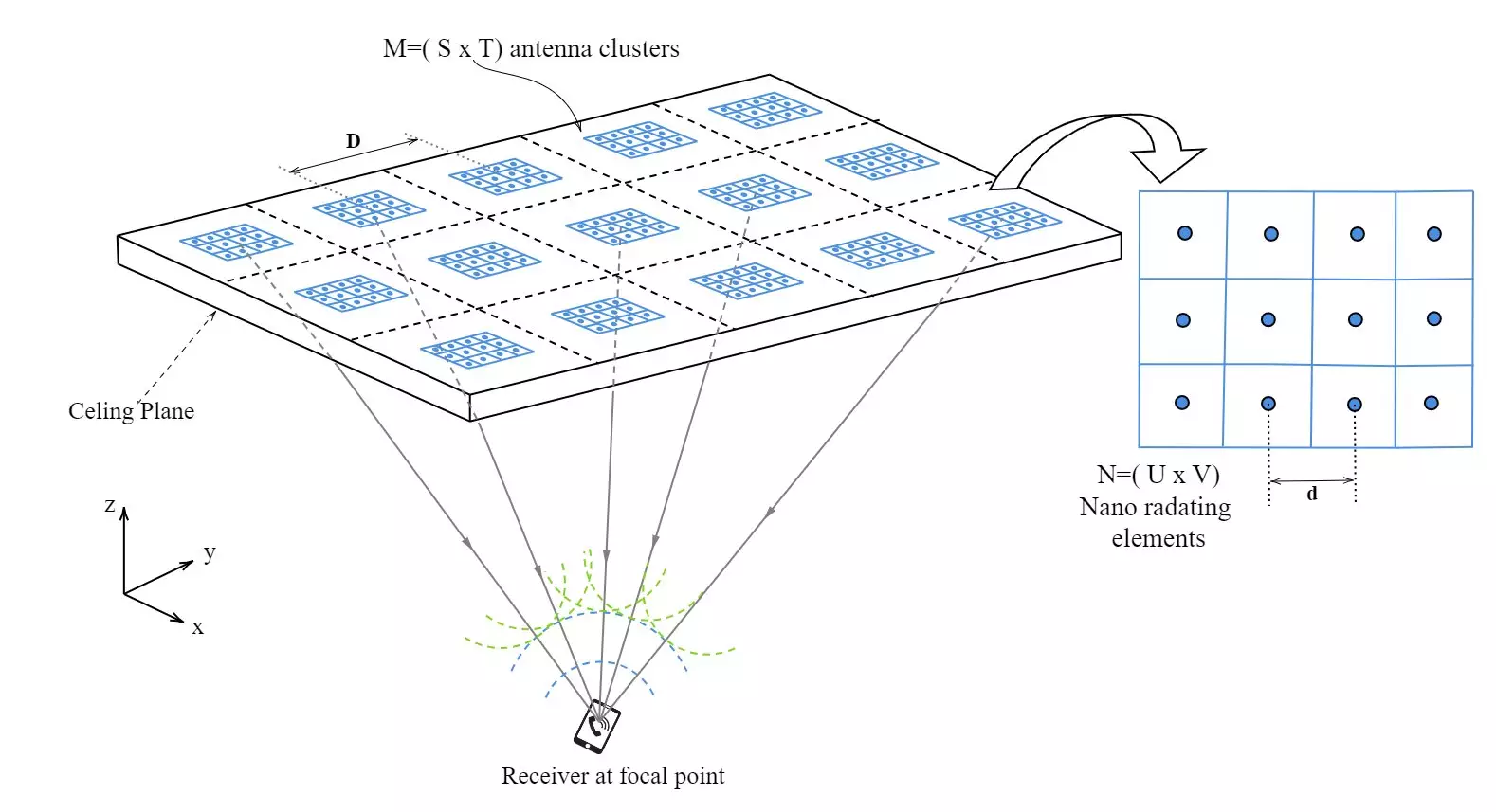As we step into an increasingly connected world, the demands for seamless indoor wireless communication are becoming more pressing. Traditional radio frequency (RF) technologies like Wi-Fi and Bluetooth are grappling with their limitations, unable to keep up with the meteoric rise in data traffic and connectivity needs. These legacy systems are not only constrained by bandwidth but are also suffering from signal congestion as more devices join the wireless ecosystem. This reality is propelling the quest for innovative solutions to meet our communication demands head-on.
One transformative technology that is gaining momentum is Optical Wireless Communication (OWC). This cutting-edge approach utilizes light—particularly infrared (IR) signals—to facilitate high-speed, reliable wireless communication. Unlike traditional systems, which often face disruptions and interference, OWC offers robust performance that can cater to the escalating requirements of modern digital life. Our research, published in the esteemed IEEE Journal of Lightwave Technology, underscores this transformational potential by presenting a novel system that leverages IR technology to overcome the shortcomings of conventional RF frameworks.
Central to our research is the groundbreaking “phased array within a phased array” concept. Drawing parallels with quantum mechanics, this approach effectively harnesses multiple smaller optical antennas nestled within larger arrays. Each tiny antenna operates collaboratively, much like particles maintaining their superpositions, thus amplifying and sharpening the IR signal with remarkable precision. This configuration not only optimizes signal clarity but also minimizes interference—a significant enhancement when compared to traditional standalone transmitter systems that often suffer from blocked signals and noise.
What sets our system apart is its embrace of redundancy through the use of clustered transmitting elements. In contrast to a single point of failure, our design incorporates overlapping clusters which collectively enhance signal reliability. This redundancy mirrors the concept of overlapping states in quantum particles, ensuring that even in complex environments, communication remains uninterrupted and clear. The configuration has shown remarkable resilience against common barriers faced in indoor settings, providing a dependable communication pathway.
Crucially, our system is not just about enhancing signal performance; it also prioritizes energy efficiency through the use of an Ant Colony Optimization (ACO) algorithm. This intelligent design emulates the adaptive foraging behavior seen in ant colonies, allowing for selective activation of signal clusters only when necessary. This contrasts starkly with conventional systems that continuously power all network components, leading to wasted energy. By enabling selective activation, our ACO-driven method significantly lowers energy consumption, operational costs, and environmental impact—vital considerations in our quest for greener technologies.
The implications of our research extend far beyond theoretical advancements. The potential applications of this innovative communication system are immense, spanning industries like healthcare—where secure and reliable communication is non-negotiable—to various industrial and office environments. As we refine this system, we unlock new avenues for integrating OWC technologies into daily life, enhancing both connectivity and efficiency.
Importantly, the principles encapsulated in our phased array technology are not confined to infrared wavelengths alone. As communication technologies evolve, our approach can be adapted for a variety of wavelengths, showcasing remarkable versatility and scalability. This adaptability ensures that our system can seamlessly integrate into future advancements and remain relevant as the landscape of wireless communication matures.
Ultimately, the evolution of optical wireless communication represents more than just a leap in speeds or transmissions; it signifies a paradigm shift in how we connect and communicate in a technology-driven world. By focusing on developing efficient, reliable, and sustainable networks, we are setting the stage for future advancements that will redefine our digital interactions. As we look towards a future where connectivity is omnipresent, OWC stands poised to lead the charge in creating smoother and more efficient wireless networks that align with the reality of our fast-paced lives.

